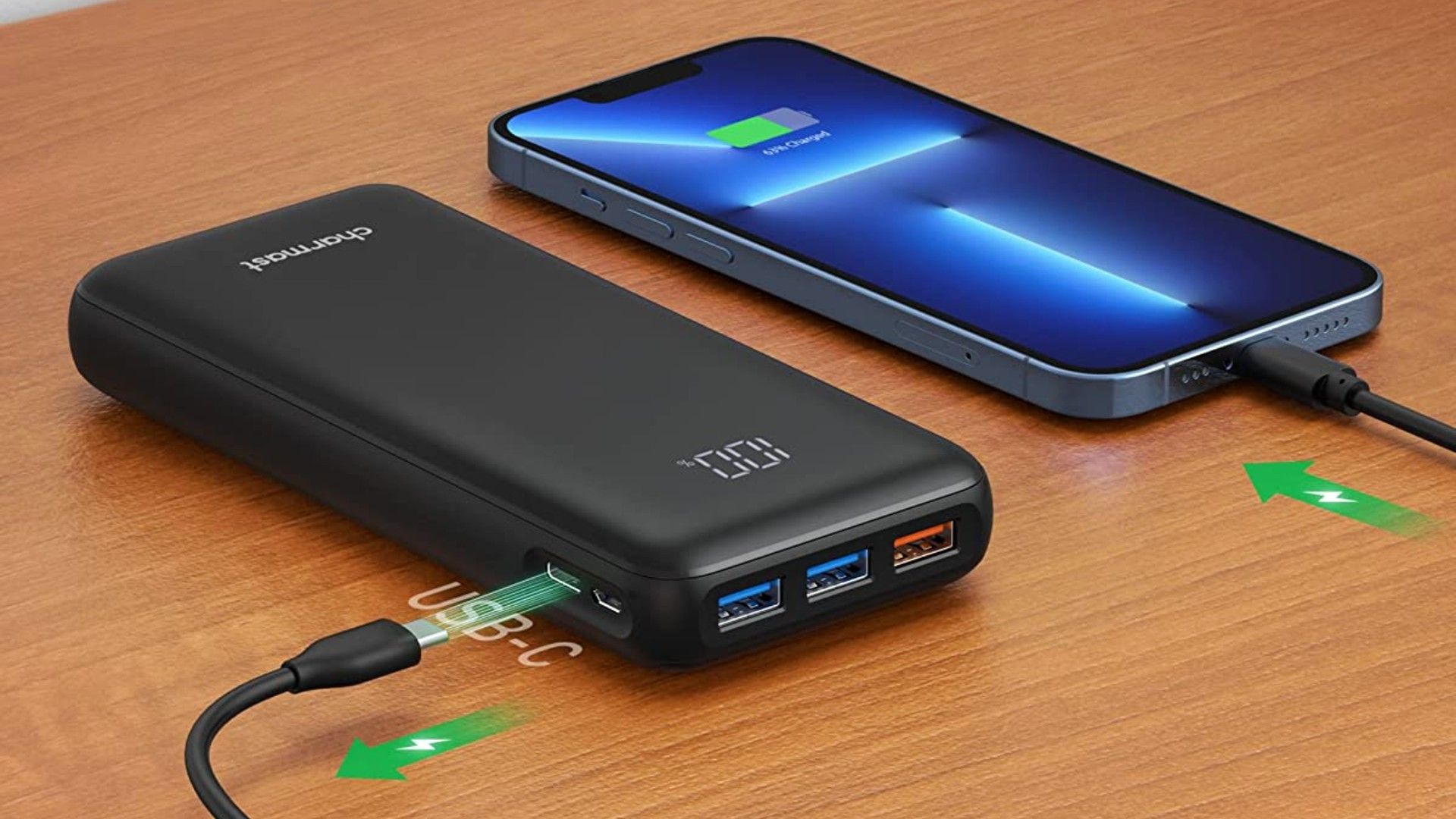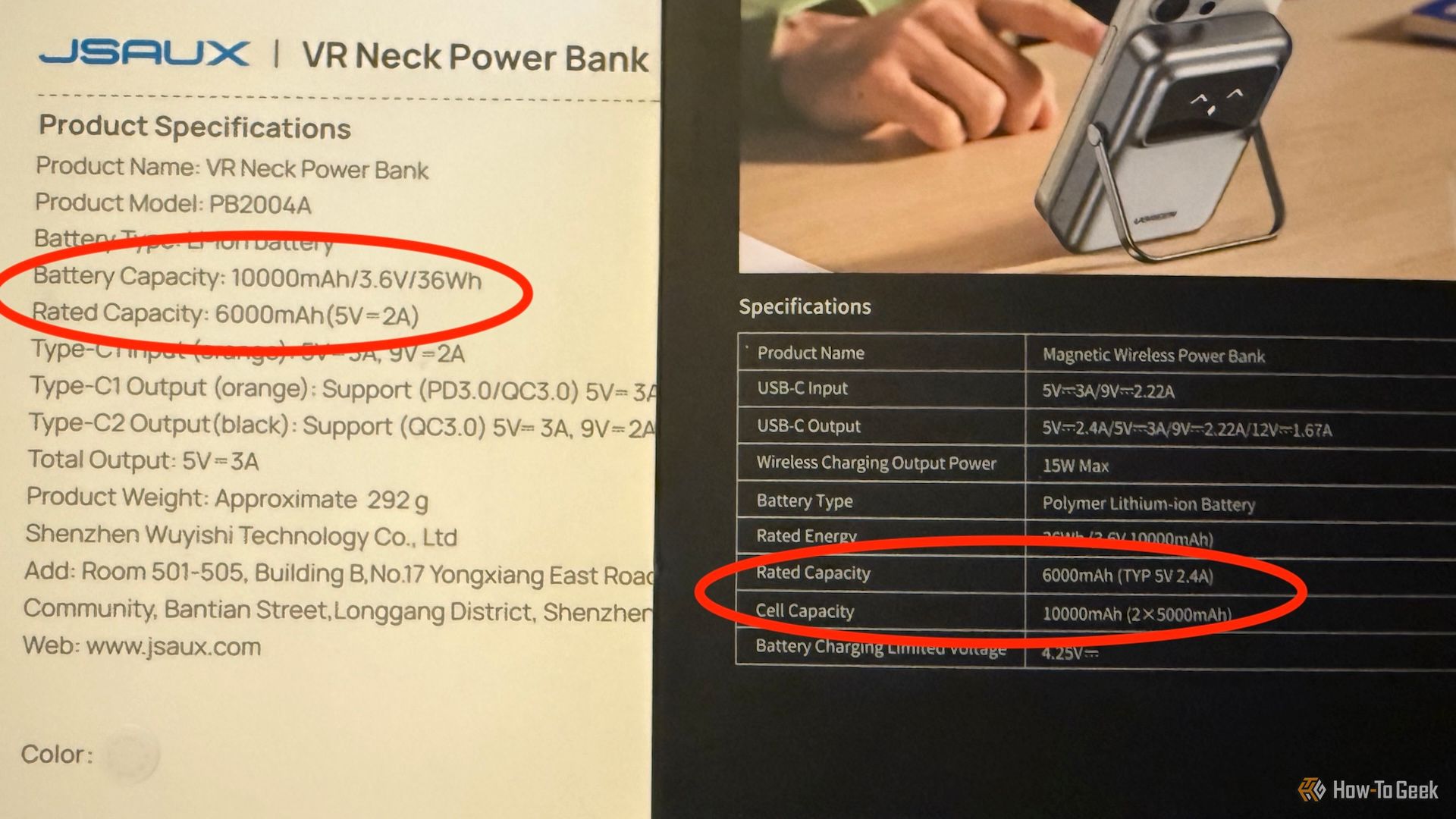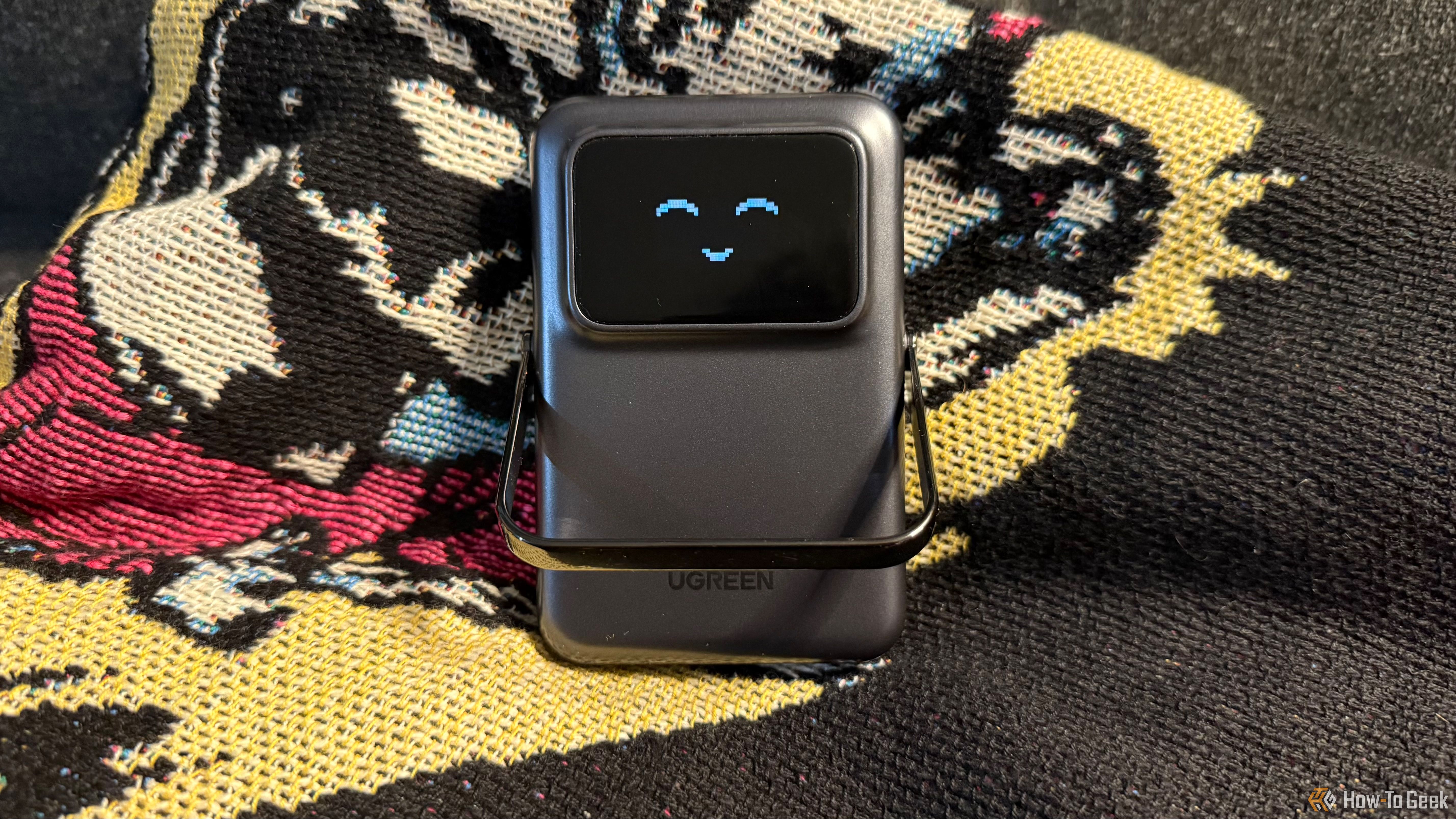Summary
- The real charging capacity of a power bank is about 40% lower than its advertised capacity due to the power needed for it to function.
- Manufacturers rarely disclose rated capacities, so multiply the cell capacity by .6 (60%) to estimate the actual usable power.
- Companies prioritize bigger numbers to boost sales, so understanding this can help you make smarter purchasing decisions.
Behind the big capacity numbers that companies tout for their power banks is a white lie you should be aware of: the actual charging capacity is likely about 40% lower.
The Reason Your Power Banks Underperform
Ever felt like the total milliamp hours (mAh) of your power bank don’t quite align with the charge it provides? The reason for this is that the mAh statistic companies use to advertise power banks represents their cell capacity rather than their rated capacity.
The cell capacity (or battery capacity) is the total mAh of the battery cells in a power bank. Any device with a rechargeable battery will list its cell capacity, which simply tells you how long the battery will last. This can typically be relied on to report the entire available battery in non-charging devices. For example, if a modern smartphone has a cell capacity of 4,000 mAh, this is regarded as its maximum battery life.
Power banks work differently as they need to use part of their battery cells to function, alongside the part they transfer to other devices. More specifically, they need to increase their voltage to match the device being charged, with inefficiencies in the energy conversion process leading to further power losses. After accounting for these variables, you get a rated capacity—the usable charging power—that’s typically a hair under 40% less than the cell capacity.
So, to use our 4,000 mAh smartphone as an example, you would need a 5,600 mAh cell capacity power bank to fully charge it once. This is why it seems like your power bank is underperforming, even if it isn’t. It’s a fault with how they’re marketed, not how they function.
Where to Find Information About Rated Capacities
Virtually every power bank manufacturer advertises the cell capacity of its products and omits any information online about the rated capacity. In fact, save for Anker, my sleuthing for this article didn’t find any manufacturer even acknowledging the topic.
You’ll usually find this information on the packaging and sometimes in the fine print on the power bank itself. This won’t be much help if you’re buying a product online, but if you’re in a retail store, make sure to check for this before purchasing.
The easiest way to estimate a rated capacity is by multiplying the cell capacity by .6 (60%). Anker provides a conversion formula on its support page that you can use for a more precise number, but that equation will always result in a 60/40 split.
Manufacturers Could Do Better (But Won’t)
Companies aren’t doing anything illegal by advertising cell capacities, but they’re also not being truly honest with customers unless they also list rated capacities.
It’s obvious that bigger numbers result in bigger sales, but that bigger number doesn’t reflect the real experience people will have with any given power bank. Money talks, so I doubt this practice will change unless some sort of legislation is introduced (don’t hold your breath), but once you learn about the facade, it’s impossible to unsee it.
This doesn’t mean that the power banks aren’t quality products. This is just how they work. The 6,000 mAh rated capacity of the currently popular 10,000 mAh cell capacity chargers is enough to give just about any device a full recharge and then some. Power banks remain a great way to get your devices through the day.
The real thing to keep in mind is that the higher the cell capacity of a power bank, the greater its discrepancy with the rated capacity will seem. The percentages don’t change, but you’re still losing a larger chunk of usable charge. For example, a 20,000 mAh cell capacity would have a 12,000 mAh rated capacity, 30,000 mAh would have 18,000 mAh, and so forth. It starts to feel pretty jarring at those higher capacities, even if three 10,000 mAh power banks would have an equal combined rated capacity to a 30,000 mAh one.
Hopefully, this demystifies one of the most confounding aspects of buying a power bank. Wield this knowledge with more responsibility than the manufacturers do.
If you’re in the market for a battery, why not check out our best-rated power banks?







